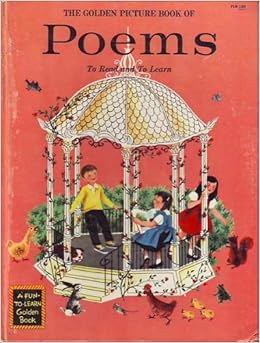These Days
whatever you have to say, leave
the roots on, let them
dangle
And the dirt
Just to make clear
where they come from
-Charles Olson
Whenever we write, it is always in the context of what else has already been written. This is particularly true in academic writing, in which we are careful to contextualize our work within the knowledge previously constructed and the ongoing conversations already taking place in our area of interest and address.

In the first words of Writing with Sources: A Guide for Students, Gordon Harvey reminds us of this:
We include literature reviews in our academic writing, in which we share this context with our readers--summarizing, evaluating and clarifying the work that has gone before us. We set our writing in the midst of this work-- highlighting similarities and differences, questioning aspects, and outlining new directions for our own work. (See previous post on Writing with Sources)
The poem, These Days by Charles Olson reminds us as teacher-researchers that we are part of a larger community and that our work has roots.
In academic writing, the roots are purposely left dangling.
If we consider the larger world, we find that everything has roots. But the dangling roots are not always visible. Looking for those roots and examining them in detail enriches any area of observation, study, or pursuit in which we might engage.
Several beautiful picture books of poetry provide a musical illustration of this academic principle of "dangling roots".
-Charles Olson
Whenever we write, it is always in the context of what else has already been written. This is particularly true in academic writing, in which we are careful to contextualize our work within the knowledge previously constructed and the ongoing conversations already taking place in our area of interest and address.

In the first words of Writing with Sources: A Guide for Students, Gordon Harvey reminds us of this:
Knowledge never stands alone. It builds upon and plays against the knowledge of previous knowers and reporters, whom scholars call sources.
We include literature reviews in our academic writing, in which we share this context with our readers--summarizing, evaluating and clarifying the work that has gone before us. We set our writing in the midst of this work-- highlighting similarities and differences, questioning aspects, and outlining new directions for our own work. (See previous post on Writing with Sources)
The poem, These Days by Charles Olson reminds us as teacher-researchers that we are part of a larger community and that our work has roots.
In academic writing, the roots are purposely left dangling.
If we consider the larger world, we find that everything has roots. But the dangling roots are not always visible. Looking for those roots and examining them in detail enriches any area of observation, study, or pursuit in which we might engage.
Several beautiful picture books of poetry provide a musical illustration of this academic principle of "dangling roots".
 Just as we examine the larger context of our written work, I see the rhythm
Just as we examine the larger context of our written work, I see the rhythmThrough poetry and magnificent images, each book below deals with a singular and specific aspect of this larger context of African/African American music (blues or jazz, or one’s own experience in general) and locates it clearly in this same larger context.


As a side note, and to further extend the notion of roots, I realized the creators of these four texts are two father-son pairs--Walter Dean Myers and Christopher Myers, Arnold Adoff and Jaime Adoff.
Where else can we look for dangling roots?
One place is our own writing-- our own poetry.
This previous post, Love and Poetry traces the roots of my love affair with poetry as a genre and some of the poets who have influenced my poetry. It all began with this pink book---the tip of my dangling poetry roots.
 |
| The Golden Picture Book of Poems to Read and to Learn |
Today's Deeper Writing Possibilities
Reflect on your own writing-- or art or music or other area of interest.
What is the context of your work? How does your work fit into the larger conversation and landscape?
Write a poem or essay about your dangling roots.
Trace your roots in a personal narrative.



No comments:
Post a Comment